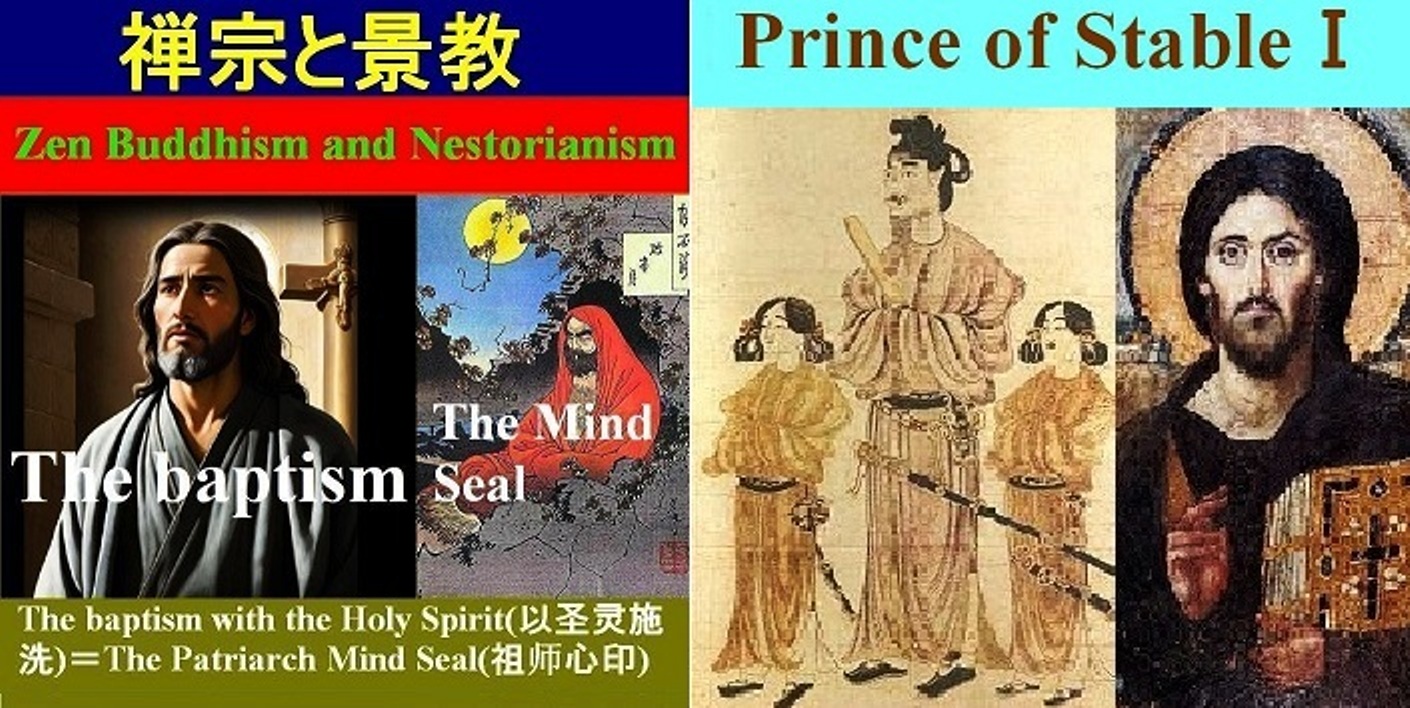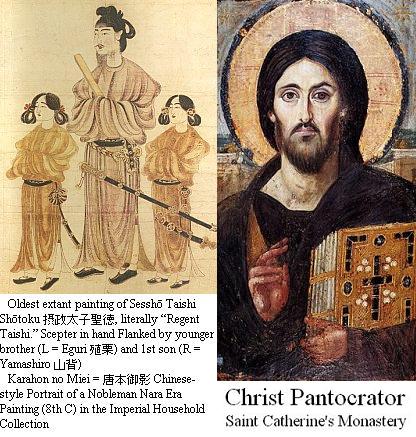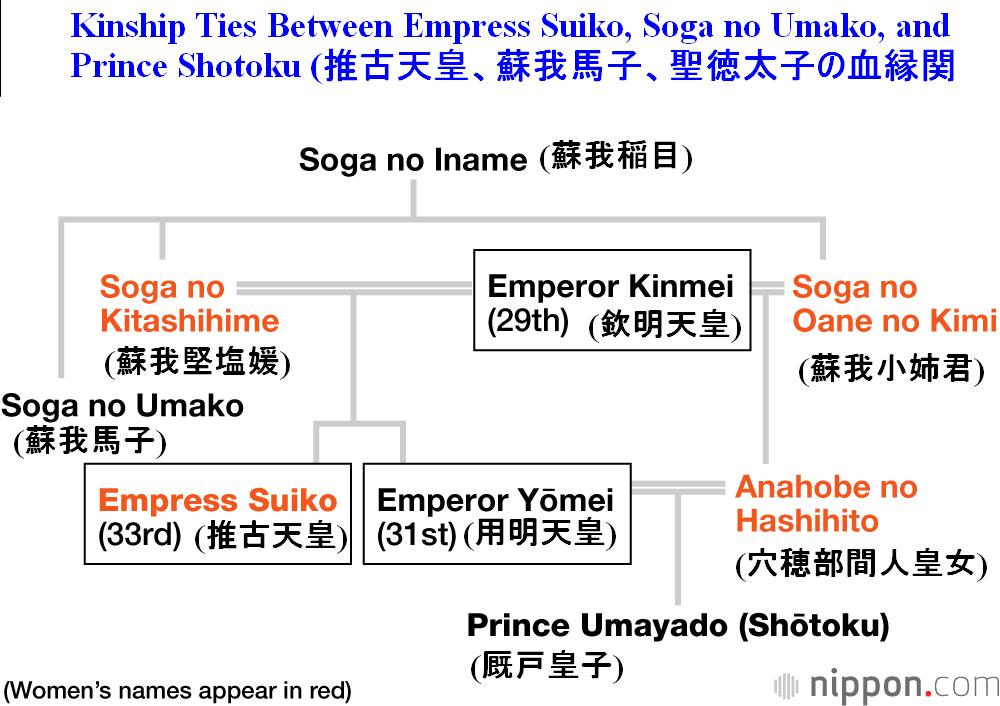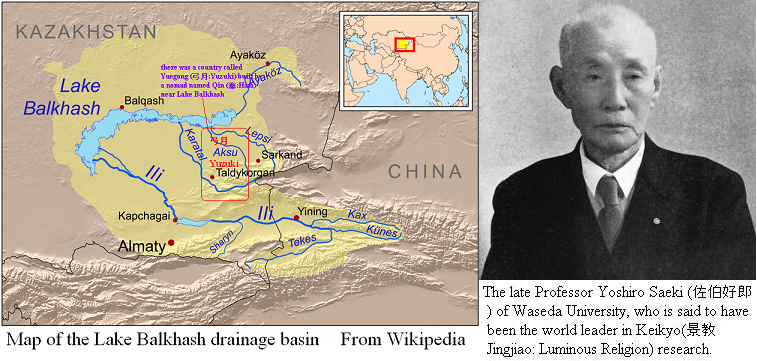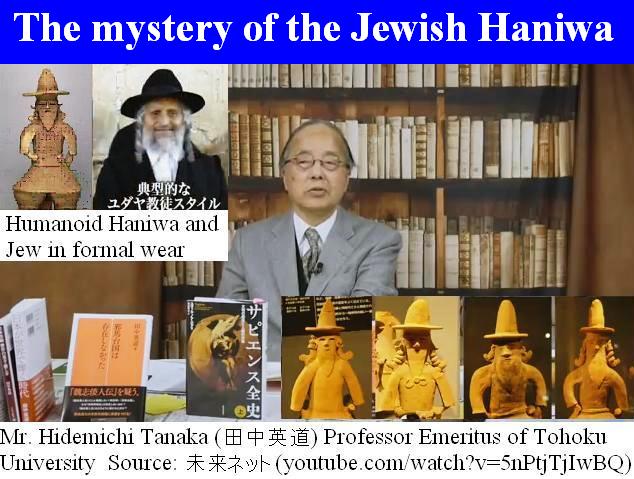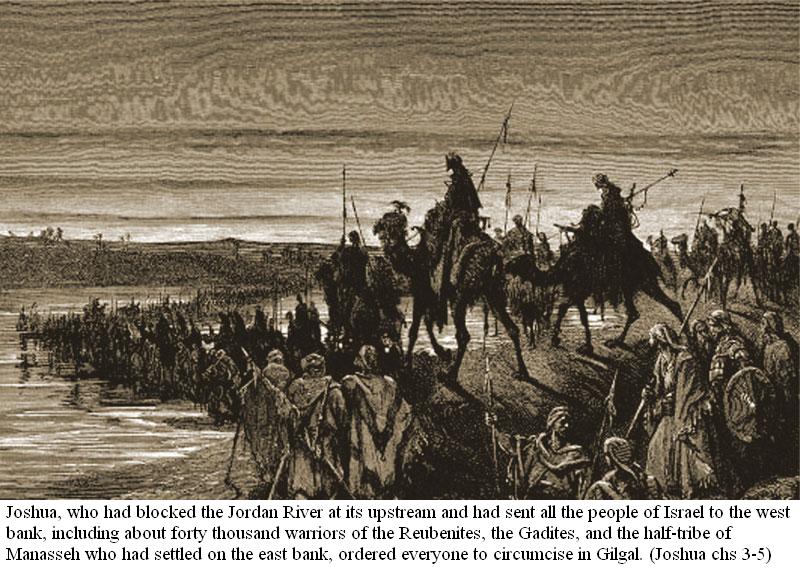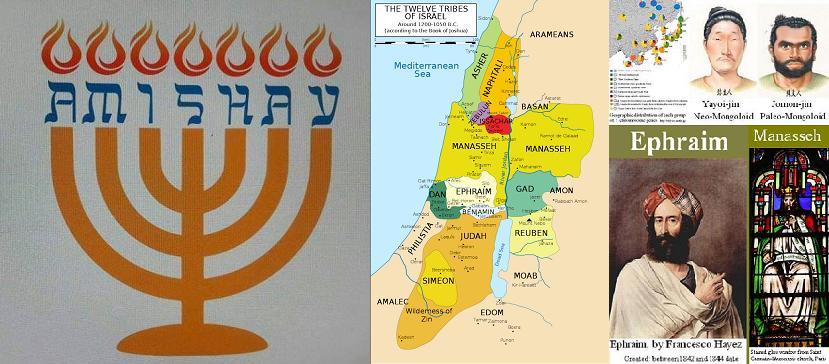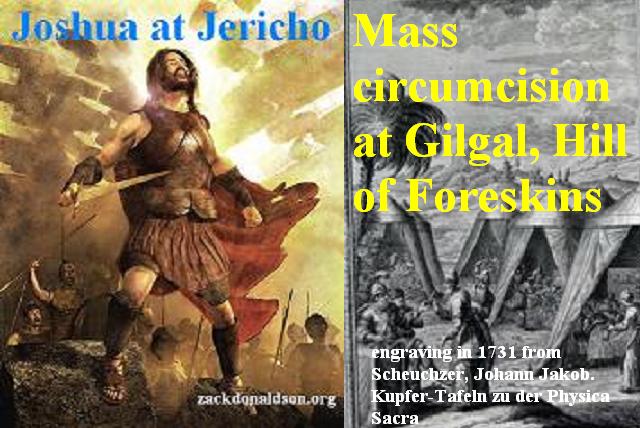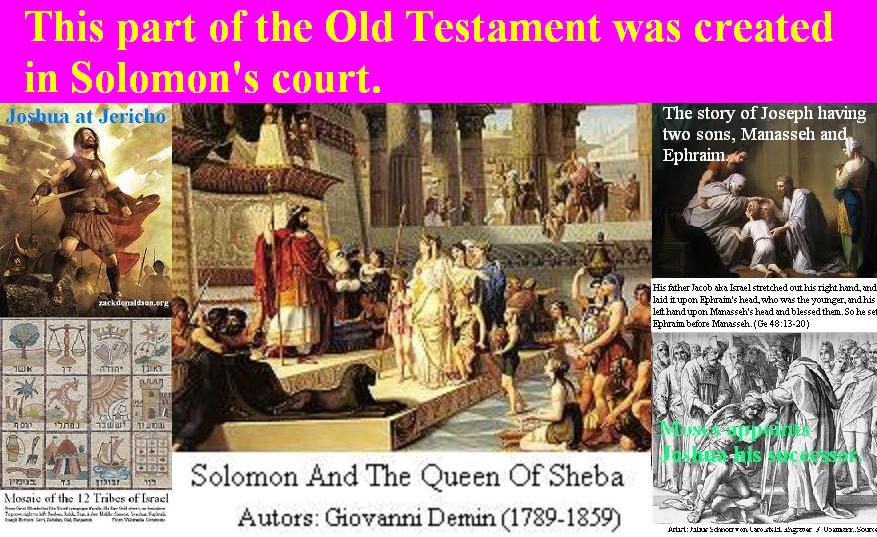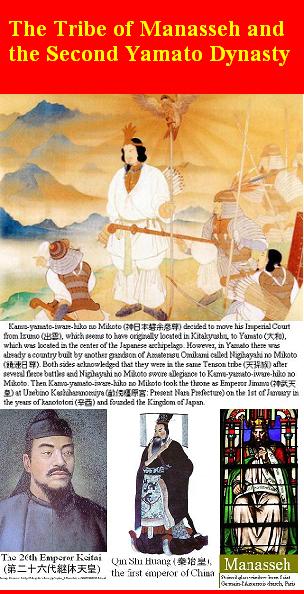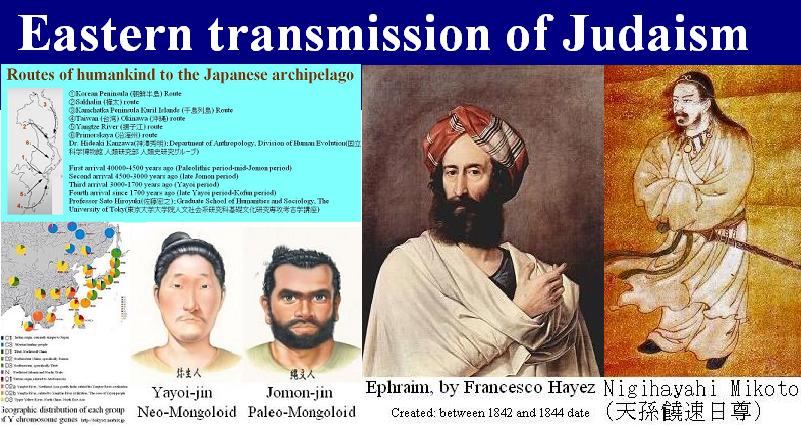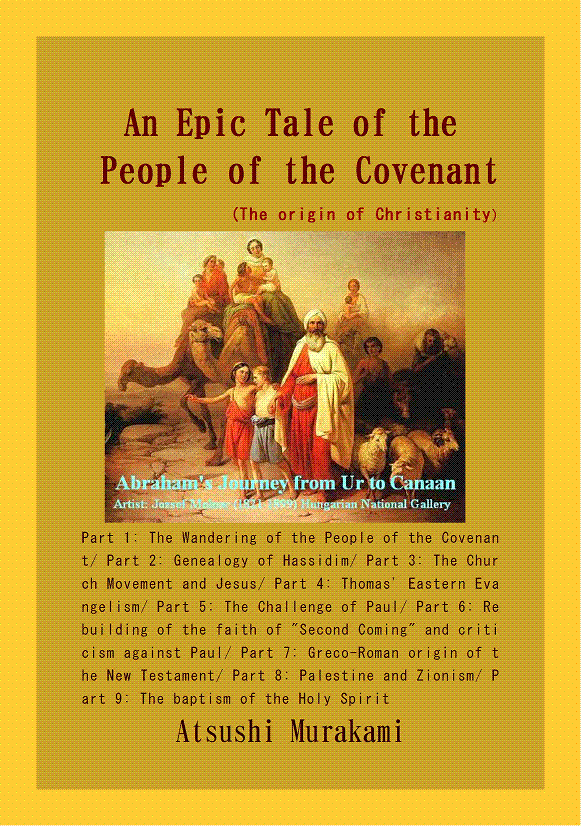It might be said that Jesus Christ was the "type" that the New Testament planned for the birth of Prince Shotoku in Japan, in other words, Prince Shotoku was "antitype" of Jesus Christ.
From the Christian theology, if the preordained certain persons, events, and institutions of the Old Testament bear to corresponding persons, events, and institutions in the New Testament, what is depicted in the Old Testament is called "type" and corresponding description in the New Testament is called "antitype."
The story behind the birth of Prince Umayado
Prince Shotoku was born on February 7, 574, the third year of the reign of Emperor Bidatsu(敏達天皇), in what is now Asuka village, Nara Prefecture. His father was Prince Tachibana Toyohi (橘豊日皇子) later Emperor Yomei(用明天皇), the son of Emperor Kinmei(欽明天皇), and his mother was Princess Anahobe no Hashihito(穴穂部間人皇女) the third princess of Emperor Kinmei. Prince Tachibana Toyohi's mother was Kitashihime(堅塩媛), the daughter of Soga no Iname(蘇我稲目), and Princess Anahobe no Hashihito's mother was Oane no Kimi(小姉君), also the daughter of Iname. In other words, both of Prince Shotoku's parents were half-siblings with Emperor Kinmei as his father, making him a thoroughbred with the direct right to succeed the throne in the Kinmei dynasty, born through a brother-sister marriage. However, Soga no Iname was either his parents' grandfather or father, thus he had strong blood ties to the Soga clan.
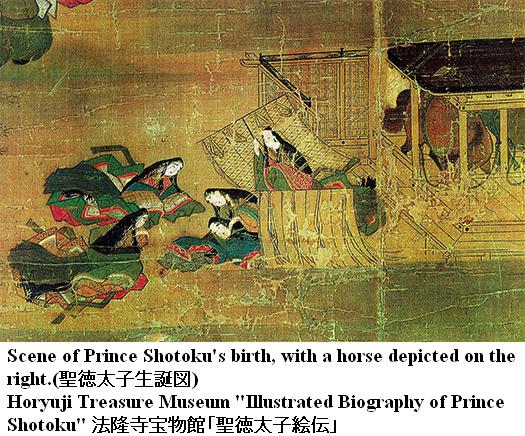
According to the entry for April of the first year of the reign of Empress Suiko in the "Nihon Shoki," after his mother, Princess Anahobe no Hashihito, became pregnant, she was visiting a few departments of the Imperial Palace and when she arrived at the horse department, she happened to bump into the umayado(stable door) and suddenly went into labor, giving birth to the prince, who was then named Prince of Umayado(Prince of Stable).
Historian Kume Kunitake (久米邦武1839-1931), who also served as a professor at the Imperial University, has stated that it is believed that the story of the birth of Christ was passed down by monks at the time and added to the prince's biography.
Introduction of Nestorianism to Japan
According to Shinsen Shojiroku (新撰姓氏録: an imperially commissioned Japanese genealogical record compiled in the 8-9th century), in the eighth year (197 C.E.) of Emperor Chuai (仲哀天皇), who was the 14th Emperor counting from the first Emperor Jinmu (神武天皇), King Koman (功満) of the Christian nation of Yuzuki (弓月) came to Japan with his servants. According to the 'Nihon Shoki (日本書紀: the Chronicles of Japan, compiled in 720), "Yuzuki no Kimi (弓月君: the Lord of Yuzuki) crossed over to Japan from the Korean state of Paekche (百済)." 'Nihon Shoki' also states that the son of King Koman led 18,670 people and came to the country during the reign of the 15th Emperor Ojin (応神天皇). The late Professor Yoshiro Saeki of Waseda University, who is said to have been the world leader in Keikyo(景教Jingjiao: Luminous Religion or Nestorianism) research, said, "This is thought to be the origin of a Christian called Hata came to Japan in large sums."
According to the Chinese history book ZizhiTongjian (資治通鑑), there was a country called GongYue (弓月:Yuzuki) built by a nomad named Qin (秦:Hata) near Lake Balkhash in Central Asia. Another Chinese history book 'Three Kingdoms(三国志),' states that the Qins were people of tall stature, rode on horses, kept their clothes clean and had a special language and customs. Incidentally the Aramaic language spoken in the Assyria's Edessa region was called Syriac, and the Jingjiao followers mainly spoke Syriac.
Eastern transmission of Judaism and the First Yamato Administration
According to recent genetic studies, the ancestors of the Jomon people, which were carrying the "Y chromosome D2 gene" as same as the Ephraim and Manasseh tribes, two of the 12 tribes of Judea, seem to have come to the Japanese archipelago via Saharin, by about 16,500 years ago.
Professor Emeritus of Tohoku University, Mr. Hidemichi Tanaka (田中英道1942-), a historian and art historian who also served as a visiting professor at the University of Rome and Bologna University, has pointed out that Humanoid Haniwas (埴輪clay images) with a long beard and a long sideburns, wearing a peculiar hat, which were excavated from many ancient burial mounds in Chiba (千葉), Ibaraki (茨城), Gunma (群馬), and Saitama (埼玉) prefectures, are very similar to Jews in formal wear described in the Old Testament Levi, and has claimed that it is evidence of Jewish arrival in Japan. The excavation of these types of human-shaped haniwa is limited to the Kanto region, and the population distribution of the Jomon period was concentrated in the Kanto and Tohoku regions. Therefore, Takamagaharayama in Ueno Village, Tano County, Gunma Prefecture(群馬県多野郡上野村高天原山) seems to be evidence that the cultural sphere of the Jomon people, which corresponds to Takamagahara(高天原) and Hidakami no Kuni(日高見国) described in the Kojiki and Nihon Shoki, existed in the Kanto and Tohoku regions.
Perhaps the tribe of Ephraim, which had been interacting with the inhabitants of the Japanese archipelago before Moses' Exodus and Joshua's Conquest of Canaan, brought Judaism to Japan after the fall of the northern kingdom of Israel and was believed to have contributed to the founding of the first Yamato dynasty by Nigihayahinomikoto (饒速日尊).
Circumcision in Gilgal
All the Jews fled from Egypt with Moses had died while wandering through the Sinai wilderness for 40 years.(Joshua 5:6) For this reason, Joshua, the leader of the Ephraim tribe, nominated by Moses as his successor, who had sent all the people of Israel to the west bank, including about forty thousand warriors of the Reubenites, the Gadites, and the half-tribe of Manasseh who had settled on the east bank, ordered everyone to circumcise in Gilgal. (Joshua chapters 3-5)
The above description in the Book of Joshua, the sixth book of the Old Testament, suggests that the nomads who conquered Canaan on the west bank of the Jordan River were uncircumcised non-Jews and different from the Jews who had escaped Egypt under the leadership of Moses.
Paleo-Mongoloids
According to Israeli research agency Amishav, organisation aimed at seeking the Lost Tribes of Israel, the tribes of Ephraim and Manasseh, who had settled on the eastern bank of the Jordan River around at that time, have had the Y chromosome gene D, which is characteristic of Paleo-Mongoloids such as Jomon people (縄文人), indigenous people of the Japanese archipelago and Tibetans, thus they seem to have been genetically different from the descendants of the twelve sons of Jacob (also known as Israel), including Joseph (their father)'s tribe.
If the Paleo-Mongoloid nomads who had settled on the eastern bank of the Jordan River had not attacked the west bank and had not mass converted to Judaism, the ancient kingdom of Israel would not have been founded and the Five Books of Moses (Torah) would also not have been established.
Mass conversion
Although the Ephraim and Manasseh tribes joined forces to invade the west bank of the Jordan River, the tribes alone could not compete with the urban nation of farmers, so they seem to have thought of getting the cooperation of the twelve tribes of Israel, including the Reuben and Gad tribes, by mass conversion to Judaism by themselves. And when this part of the Old Testament was created in Solomon's court, the story of Joseph having two sons, Manasseh and Ephraim, in Egypt and the story of Moses nominating Joshua of the Ephraim as his successor seem to have been inserted.
Birth of Judaism
If both tribes did not invade the west bank of the Jordan River and did not mass convert to Judaism, perhaps, the incident of Moses' Exodus would have been forgotten, and neither the founding of the ancient Kingdom of Israel nor the establishment of the Pentateuch would have occurred.
Joshua (or several leaders of the Ephraim tribe who became the model of Joshua), who allegedly ordered all the Israelites to be circumcised in Gilgal, unearthed the origins of the Jews and the exodus legend and laid the foundation for Judaism and seems to have established the unity of religion and politics based on the covenant of the single founder Abraham and God, that is, a union of independent tribes. Thus the People of the Covenant was born. The total number of the People of the Covenant, that is, Judaism, Christianity and Islam, is said to be 3.4 billion now.
Manasseh and the Second Yamato Administration
Emperor Jimmu, who was a descendant of Tenson Ninigi no Mikoto (天孫瓊瓊杵尊) descended to Mt. Takachiho in Tsukushi of Kitakyushu, and annexed the first Yamato administration and established the second Yamato administration, seems to have been a leader of Korean Peninsula-linked clan, because according to the description in the Nihon Shoki and Kojiki, his elder brother Inaino Mikoto (稲飯命) is said to have been Silla (新羅) Kings' ancestor.
And also, the Christians Hata clan, who are believed to be descendants of the Manasseh tribe, seem to have stayed in Silla before they came to Japan. During the time of Prince Shotoku (聖徳太子), Silla presented to Japan a statue of Maitreya Bodhisattva sitting contemplatively in the half-lotus position (弥勒菩薩半跏思惟像) with the shape of fingers of its right hand symbolized the doctrine of Jingjiao(景教Keikyo: Luminous Religion) 'Three-One mysterious substance (三一妙身).'
Father more, according to the book Honchokouinjohunroku (本朝皇胤紹運録), which was compiled in the early days of Muromachi era (室町時代), Emperor Ankan(安閑天皇) had a prince called Toyohikomiko (豊彦王), and Toyohikomiko and Hata Kawakatsu (秦河勝) were the same person. If this is the case, then Emperor Keitai, that is, Emperor Ankan's father, would also be a member of the Hata clan, who came from Korea and who is said to be a descendant of the first Emperor of Qin.
From these facts, the second Yamato administration around at the time of its inauguration seems to have had a close relationship with the Manasseh tribe.
The origin of the Yamato Imperial Court
A Jew named Joseph Eidelberg (1916-1985), author of 'The Biblical Hebrew Origin of the Japanese People,' states that there was a place named Yehoamato near the Lake Balkash and says that this might be the etymology of Yamato. According to Protestant Bible commentator Mr. Arimasa Kubo, who was the first pastor of the Ikebukuro-Nishi Church, The United Church of Christ in Japan, the Aramaic word 'Yehoamato' means 'Yahweh's people.' A friend of Kubo tried to buy a Jewish horn Shofar at an antique shop, and the shop owner told her "There are two types of Shofars, long and short. The long ones were used by people called 'Yehoamato,' a descendant tribe of the ancient Israelites.
According to Mr. Joseph Eidelberg, the full name of 'Jinmu,' the first enperor of Japan, 'Kamu-yamato-iware-hiko-sumera-mikoto' is derived from the Hebrew-Aramaic words 'Kam Yamato Ivli Peko Shmelon Makto' and can be interpreted as 'The king of Samaria, the noble founder of the Hebrew nation of Yahweh.' According to Mr. Kubo, Eidelberg interprets 'iware' as 'Ivli,' but 'iware' may have come from Ephraim. If so, the name of Emperor Jinmu becomes "The king of Samaria, the noble founder of the Ephraim tribe of Yahweh.' (In other words, Ephraim, the son of the fourth generation of Joseph counting from Abraham, who had been sold off as a slave by his brothers and later become the Prime Minister of Egypt and saved the famined Israelites, was the same person of Emperor Jinmu?!)
A famous shintoist, Professor Chikao Fujisawa (藤沢親雄1893-1962), who taught at Nihon University and Kokushikan University, also believed that the roots of the Three Imperial Regalia were ancient Israel.
In 1965, a mound tomb, which was thought to be from late to last stage of Yayoi period (弥生時代), was found in Arita (有田), Itoshima City (糸島市), Fukuoka Prefecture (福岡県). A survey from 1988 to 1999 ultimately found five tombs. A total of 40 made in China and made in Japan copper mirrors, including five 46.5 cm diameter mirrors, have been unearthed from Grave No. 1. According to Archaeologist Mr. Dairoku Harada (原田大六1917-1985), who surveyed, the diameter of 46.5 cm is the same as 'Yata no Kagami (八咫鏡)' if it is converted to circle size. So he thought that the burial of the first tomb would have been Princess Tamayorihimenomikoto (玉依姫命), that is, Ohhirumenomuchi (大日孁貴). (Wikipedia) Princess Tamayorihimenomikoto is the wife of Ohokuninushinomikoto (大国主命), that is, the protagonist of the Izumo Myth (出雲神話). Ohhirumenomuchi is a synonym for Amaterasu Omikami (天照大神). In other words, Mr. Harada seems to see Amaterasu Omikami as the same god as Princess Tamayorihimenomikoto, who had originally been the priestess of Izumo.
By the way, 'Yata no Kagami,' one of 'Three Sacred Treasures,' may have been created in Japan through imitating the copper mirror which had been made in China. If Hebrew and Greek words were to have been written, it was likely that those who understood these words were involved, and that the period would coincide with the time when Jingjiao (景教) was introduced to Japan. And at that time, the Japanese imperial family may have converted from Judaism to Primitive Christianity, because the Meiji Emperor said to Princess Shinobu, "Shinto had originally been a Jewish religion and later integrated into Primitive Christianity." And 'primitive Christianity' may have referred to the Jacobite which was faithful to the Mosaic Law, including 'circumcision.'
In addition, 12 vertical holes with a diameter of 70 cm existed in the southeast of the first tomb. According to the survey report, it is seen to be remains of pillars related the worship of the sun because they are located in the direction of southeast of Hyugatoge Pass (日向峠), where the tribe of Tenson (天孫族Imperial ancestors) is said to have descended. Mr. Harada said, "It is considered to be the remains of buildings related to Mogarinomiya(殯宮Mourning Palace)."
Incidentally, the ancient Israelites had a custom of worshiping toward the east. And although this practice was inherited by Christianity, it seems that the 4th century Fathers did not know why to pray eastward. For example, St. Gregorios, Bishop of Nyssa, who is said to have argued against the Arius (250 or 256–336) at the meeting of the first Council of Constantinople and to have helped to establish the doctrine of the Trinity, said, "We all look to the east during prayer, but few know that we are in search of our original home, Paradise, which God planted in the Garden of Eden, to the east." It may be the remnant of "the worship of the sun" that the Jews acquired when they moved to Egypt. It is noted in the inscription of the 'Nestorian Stele' that the Jingjiao Christians, too, practiced 'Eastern Worship.' Then, the worship of the sun in Japan, too, may have been the ancient Israel or Egyptian origin religion brought into Japan by Tenson tribe.
<To be continued>
What is "Baptism with The Holy Spirit"?
According to the dialectic of the Gospel of John,
【Thesis】
"A man can possess eternal life through accepting testimony of the Son of man and being baptized by him." (John 5:24)
【Anti-thesis】
But "The one who comes from the earth cannot accept the testimony by one from heaven." (John 3:32)
How then can a man possess eternal life?
【Synthesis】
"If you want to be baptized with the Holy Spirit, you can just go back to the word which was with God in the beginning (John 1:1) and certify that God is truthful. (John 3:33)"
When he said, "You are Huichao," Zen Master Fayan thrusted vivid Self in Huichao in front of his eyes.
Purchase here
○One world:
Your Comments / Unsubscribe
SEAnews Messenger
SEAnewsFacebook
SEAnews eBookstore
SEAnews world circulation
